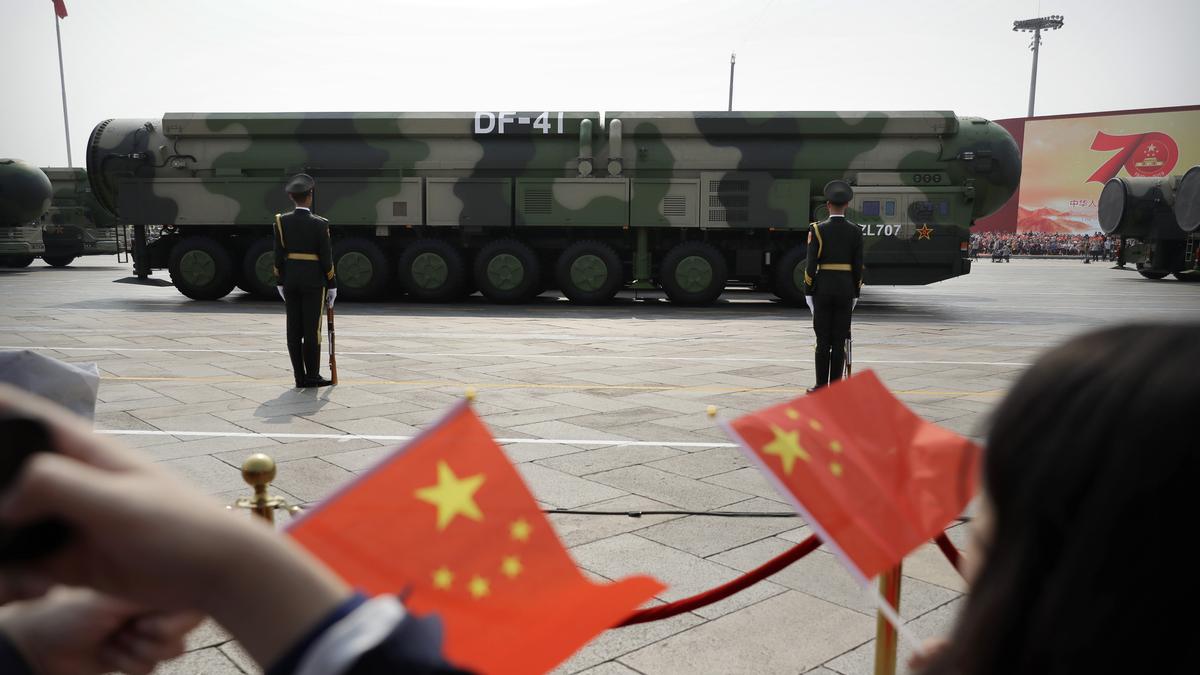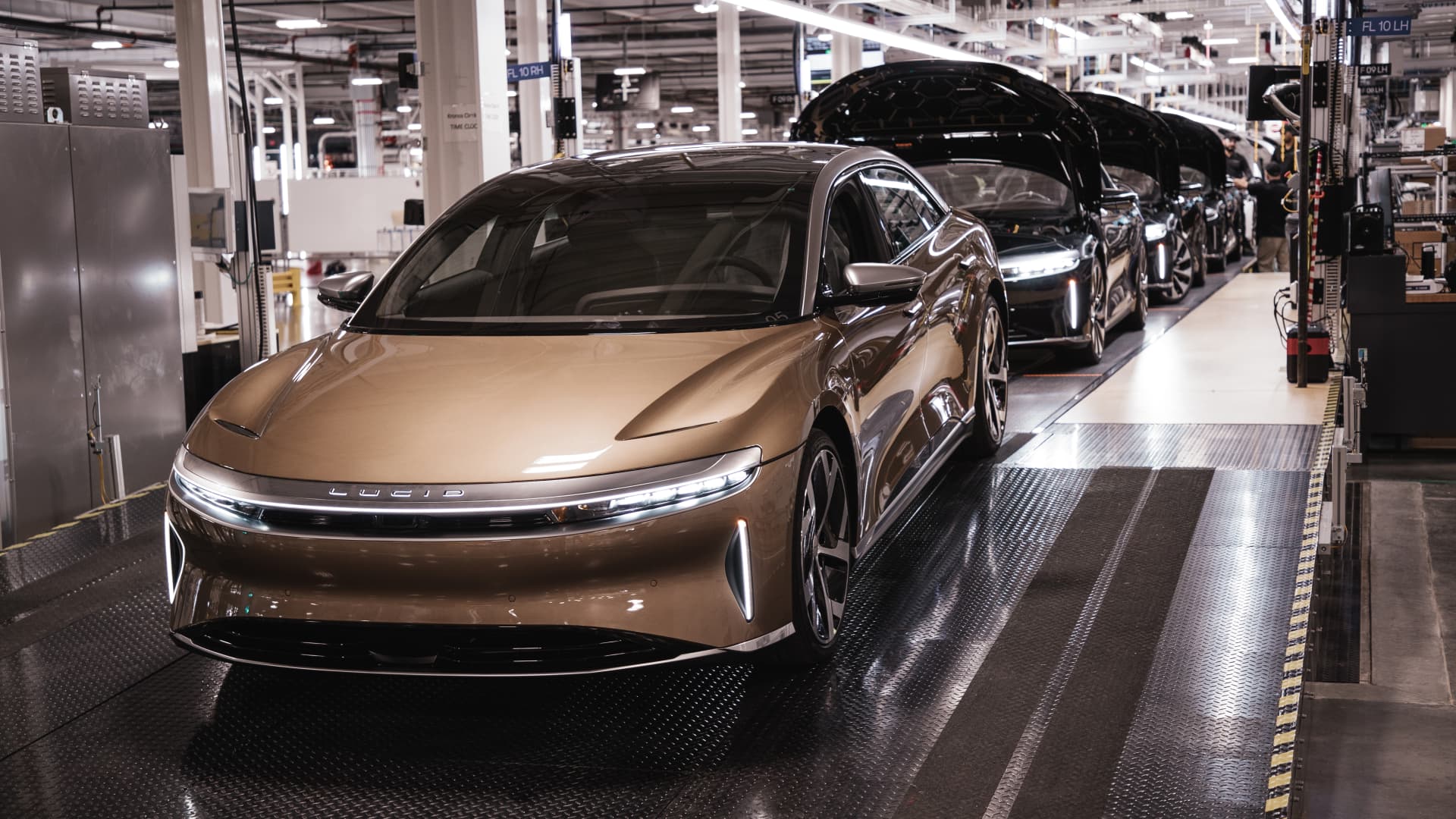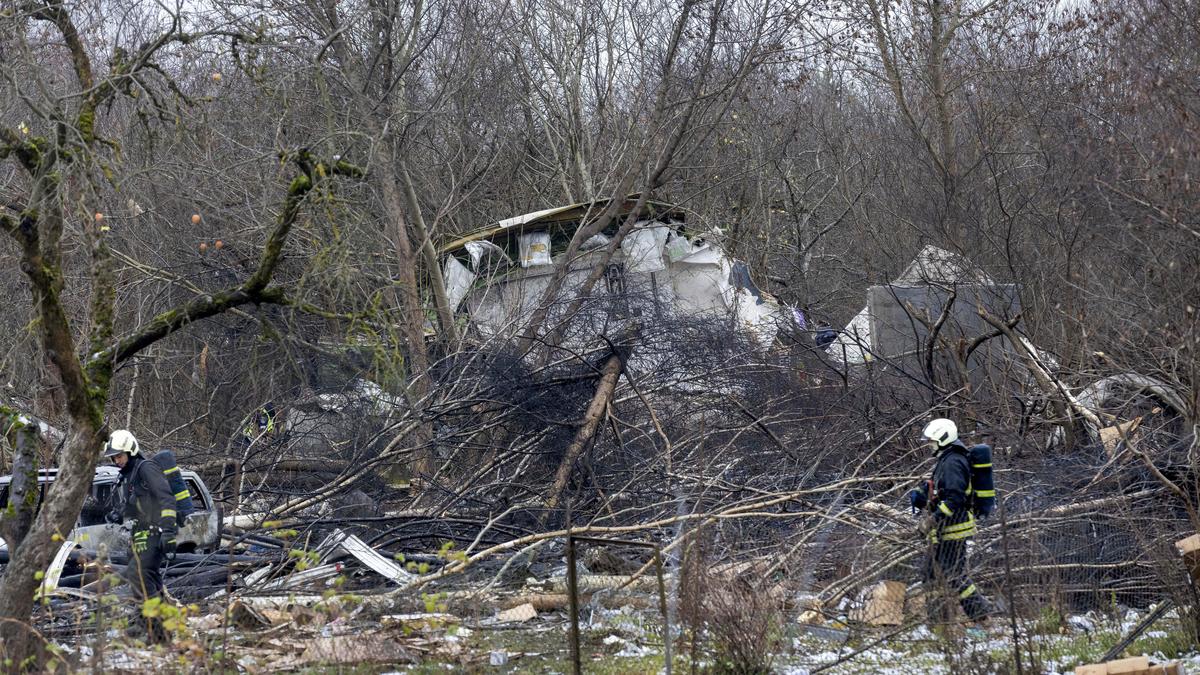China test-fired an intercontinental ballistic missile into the Pacific Ocean on Wednesday (September 25, 2024), stirring security concerns in the region already tense over Beijing’s territorial claims and rivalry with the U.S.
The ICBM carried a dummy warhead and fell into a designated area of the sea, the Defence Ministry said in a statement posted to social media.
The launch by the People’s Liberation Army’s Rocket Force was part of routine annual training, complied with international law and was not directed against any country or target, according to the statement.

It is unclear how often China conducts tests over such a distance. In 1980, China launched an ICBM into the South Pacific.
A map published in Chinese newspapers at the time showed the target area as roughly a circle in the center of a ring formed by the Solomon Islands, Nauru, the Gilbert Islands, Tuvalu, western Samoa, Fiji and the New Hebrides.
The U.S. and non-governmental organisations have said China has been building up its missile silos, but it’s unclear how many missiles and nuclear warheads it has added to its arsenal.
Rare tests
Tests of China’s intercontinental ballistic missiles into international waters are rare. Experts and a historical survey of China’s program by the Washington-based Nuclear Threat Initiative suggest the last occurred in May 1980. That test saw China launch its DF-5 missile into the South Pacific.
China typically launches missiles toward its western deserts from its east coast, said James Acton, the co-director of the Nuclear Policy Program and a senior fellow at the Carnegie Endowment for International Peace. The fact that China launched a test that splashed down in international waters was unusual, but mirrors testing that the United States does for its own ballistic missile fleet.
“When they haven’t done something for 44 years and then they do it, that’s significant,” Mr. Acton told AP. “It’s China’s way of telling us, ‘Like you, we’re not ashamed we have nuclear weapons and we’re going to behave like a great nuclear power.’”
The launch came amid the ongoing United Nations General Assembly in New York. China is one of five veto-holding permanent members of the U.N.’s Security Council and has sought to gain influence over its key departments involving human rights and that align with its authoritarian system.
A series of corruption arrests this year ensnared several leading officers in the Rocket Force, alongside the detentions of two previous defence ministers amid allegations of misconduct.
A test launch now could both provide assurances to China’s population amid an economic downtown and a signal to the world that the party remains firmly in control and is determined to rise to global prominence.
“We’re entering a new age. We’re entering an age where the U.S. and China are engulfed in what feel like an arms race,” said Jeffrey Lewis, a missile expert at the James Martin Center for Nonproliferation Studies at the Middlebury Institute of International Studies in the U.S.
“The Chinese government always prioritised diplomatic issues over operational readiness. It’s just a different China. It’s a China that does not feel constrained,” he said.
“There’s a renewed emphasis on assuring themselves these systems work and demonstrating to others they work,” Mr. Lewis added.
Published – September 25, 2024 02:13 pm IST





